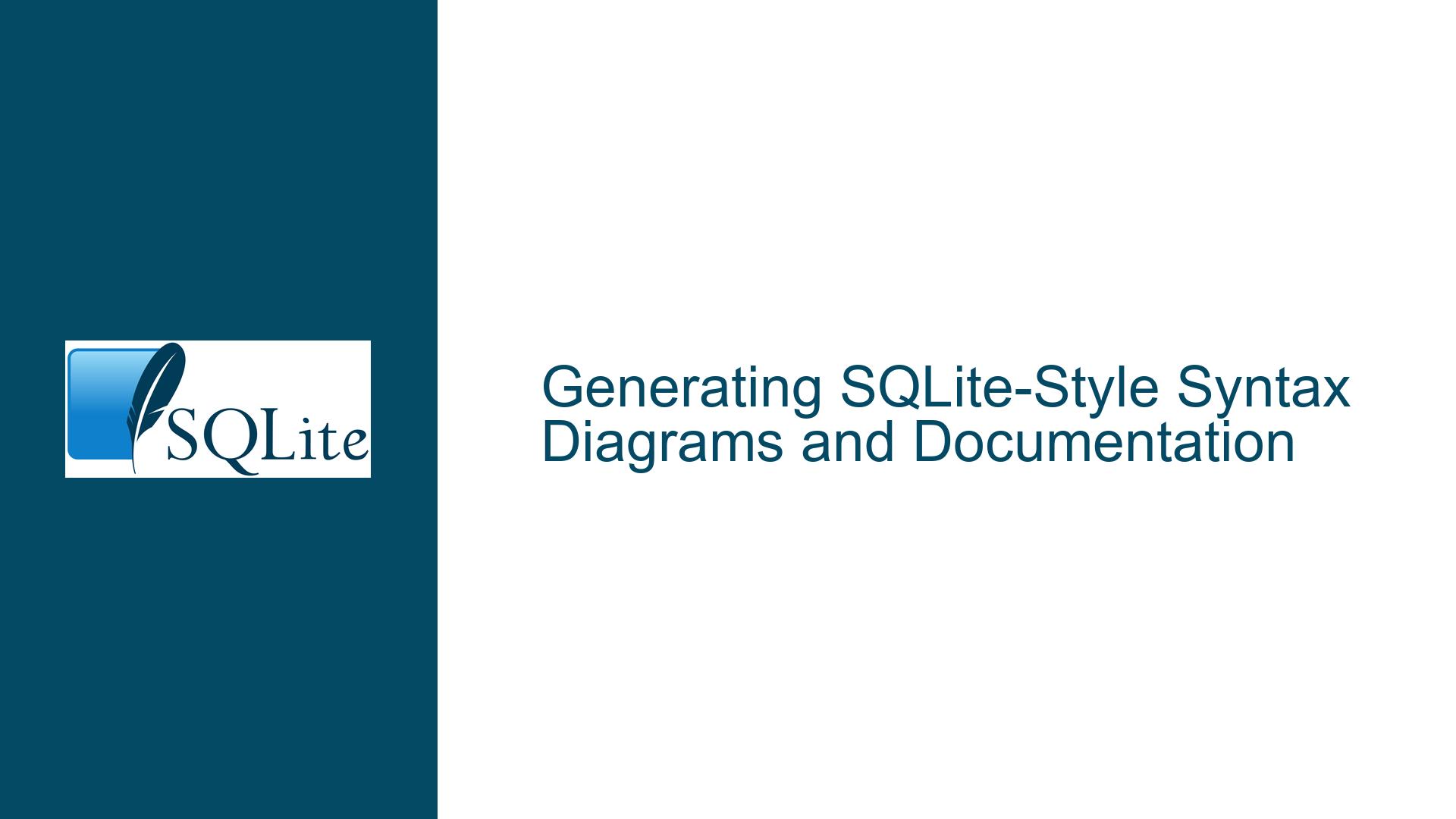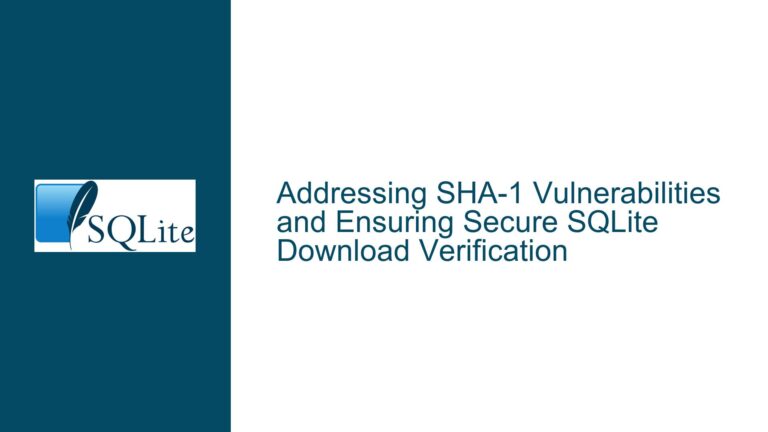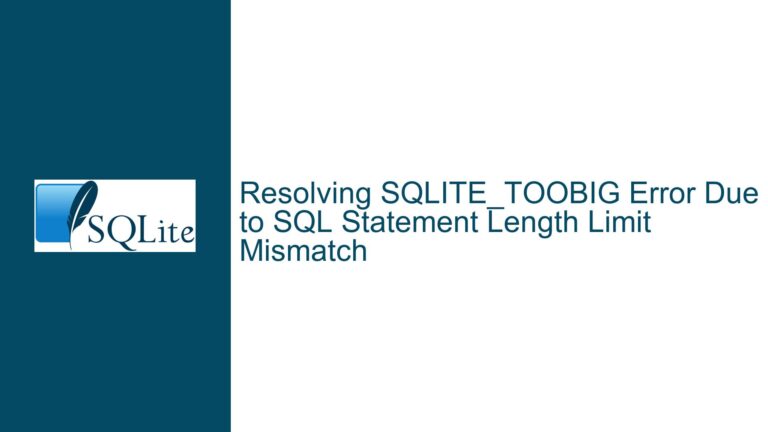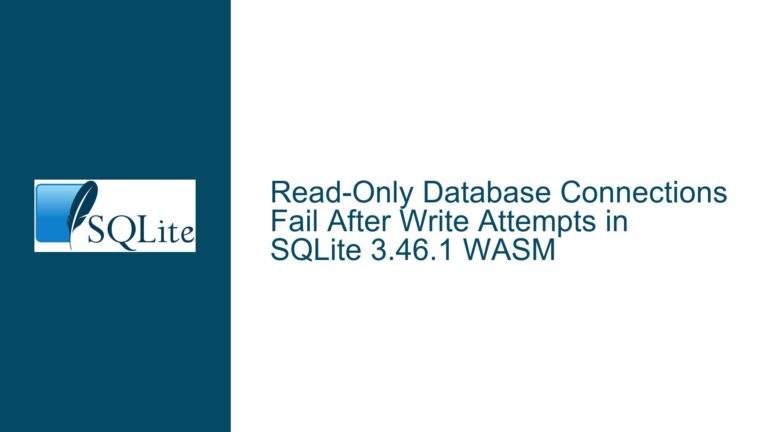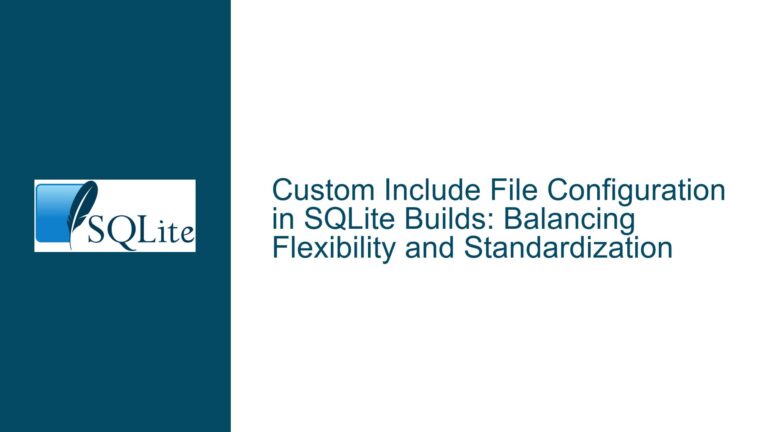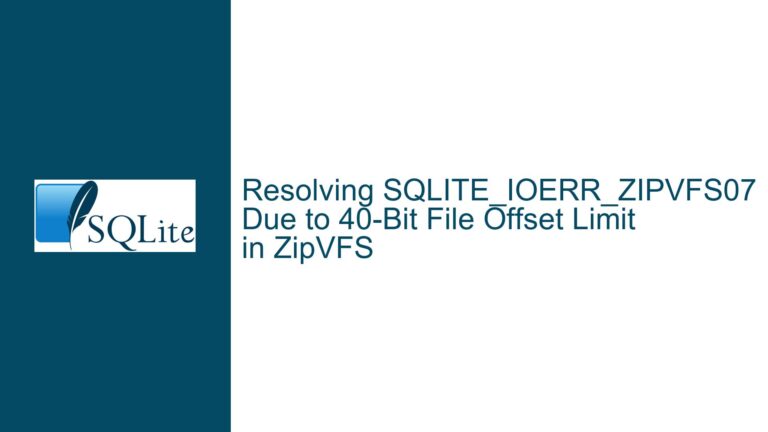Generating SQLite-Style Syntax Diagrams and Documentation
Understanding the SQLite Syntax Diagram Generation Process
The process of generating SQLite-style syntax diagrams and documentation involves a combination of custom Tcl/Tk scripts, third-party tools, and a specific directory structure. The core of this system revolves around two primary Tcl scripts: bubble-generator.tcl and bubble-generator-data.tcl. These scripts are responsible for creating the "bubble diagrams" or "railroad diagrams" that visually represent the syntax of SQL commands, as seen in the SQLite documentation.
The bubble-generator.tcl script is the engine that processes the data provided in bubble-generator-data.tcl to generate PostScript files. These PostScript files are then converted into GIF images using the convert tool from the ImageMagick suite. The display tool, also part of ImageMagick, is used to preview the generated images. The entire process is tightly coupled with the SQLite source code repository, as the documentation generation system relies on specific files and directories within the SQLite source tree.
To generate these diagrams, you need to have a working installation of Tcl/Tk, ImageMagick, and the SQLite source code. The SQLite source code is necessary because the documentation generation process references files like tclsqlite3.c, which are part of the SQLite build process. Without these dependencies, the documentation generation will fail, as evidenced by the errors encountered when attempting to build the documentation without the full SQLite source tree.
Common Issues in Generating Syntax Diagrams and Documentation
One of the most common issues when attempting to generate SQLite-style syntax diagrams is the misconfiguration of the environment or missing dependencies. The process requires a specific directory structure, with the SQLite source code located in a sibling directory to the docsrc directory. If the SQLite source code is not correctly placed or if the necessary files (such as tclsqlite3.c) are missing, the build process will fail with errors like "No rule to make target ‘../sqlite/tclsqlite3.c’."
Another frequent issue is the incorrect handling of the bubble-generator-data.tcl file. This file contains the data that defines the syntax diagrams, and any errors in this file can lead to diagrams that do not render correctly. For example, if the text within the diagram bubbles overflows the boundaries of the containers, it is likely due to incorrect formatting or missing parameters in the bubble-generator-data.tcl file. Additionally, the process requires specific third-party tools like wish, convert, and display, which are not always easy to identify due to their generic names. Without these tools, the diagram generation process cannot proceed.
Finally, the process of generating multi-page HTML documentation similar to the SQLite documentation involves more than just the syntax diagrams. It requires a deep understanding of how the SQLite documentation system works, including how the text is stored in SQLite databases and how the HTML pages are generated. Without this knowledge, it can be challenging to create custom documentation that matches the style and functionality of the SQLite documentation.
Step-by-Step Guide to Generating Custom Syntax Diagrams and Documentation
To generate custom syntax diagrams and documentation in the style of SQLite, follow these steps:
Set Up the Environment: Begin by cloning the SQLite source code repository and the
docsrcrepository. Ensure that the SQLite source code is located in a directory namedsqlitethat is a sibling to thedocsrcdirectory. This is crucial because the documentation generation process references files in the SQLite source tree.Install Dependencies: Install the necessary third-party tools, including Tcl/Tk (for
wish), ImageMagick (forconvertanddisplay), and any other dependencies required by the SQLite build process. On a Unix-like system, you can typically install these tools using your package manager. For example, on Ubuntu, you can use the following commands:sudo apt install tcl tk imagemagickBuild SQLite: Navigate to the
sqlitedirectory and build SQLite. This step is necessary to generate files liketclsqlite3.c, which are required by the documentation generation process. Run the following commands:cd sqlite ./configure makeCustomize the Bubble Generator Data: Navigate to the
docsrcdirectory and locate thebubble-generator-data.tclfile. This file contains the data that defines the syntax diagrams. Customize this file to create your own diagrams. The file uses a specific syntax to define the diagrams, so refer to the existing examples in the file for guidance.Generate the Diagrams: Use the
bubble-generator.tclscript to generate the diagrams. This script processes the data inbubble-generator-data.tcland produces PostScript files. Run the following command:wish bubble-generator.tclThis will generate PostScript files in the
art/syntaxdirectory.Convert PostScript to GIF: Use the
converttool from ImageMagick to convert the PostScript files into GIF images. Run the following command for each PostScript file:convert diagram.ps diagram.gifPreview the Diagrams: Use the
displaytool from ImageMagick to preview the generated GIF images. This step allows you to verify that the diagrams have been generated correctly and that the text fits within the boundaries of the containers.Generate HTML Documentation: To generate multi-page HTML documentation similar to the SQLite documentation, you will need to understand how the SQLite documentation system works. This involves creating custom Tcl scripts to populate an SQLite database with your documentation text and then using the SQLite documentation generation tools to produce the HTML pages. This step is more complex and requires a deeper understanding of the SQLite documentation system.
Troubleshoot Common Issues: If you encounter issues during the process, such as missing files or incorrect diagram rendering, refer to the SQLite documentation and the
docsrcrepository for guidance. Common issues include missing dependencies, incorrect directory structures, and errors in thebubble-generator-data.tclfile.
By following these steps, you can generate custom syntax diagrams and documentation in the style of SQLite. However, be prepared for a steep learning curve, as the process involves several complex steps and requires a good understanding of Tcl/Tk, SQLite, and the SQLite documentation system.
